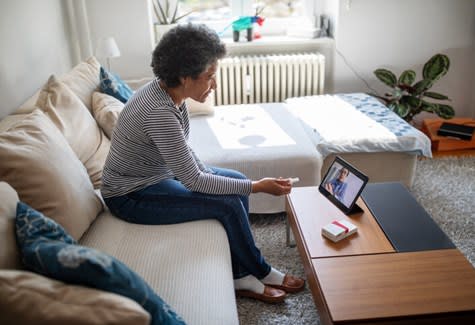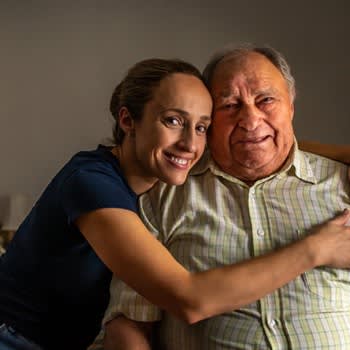
Housing
Feel at home, wherever you live.
Important Resources
Finding affordable housing can require some research, and the resources below can assist in your search. Learn how to find help with government subsidies, home loans, public housing and more.
Read Our Featured Guides


Prescription costs are rising, but seniors have several options for saving money. Learn more about prescription assistance programs in the U.S.


Medicare Advantage plans, also known as Medicare Part C, replace your Original Medicare coverage and can provide extra coverage. We break down the best Medicare Advantage plans in 2025 from top insurance companies.


Answer questions such as "When is Medicare Open Enrollment?" or "How do I enroll in 2024 Medicare?" Don't miss certain Medicare enrollment period deadlines, or you may be subject to higher costs, late enrollment penalties or lapses in coverage.





